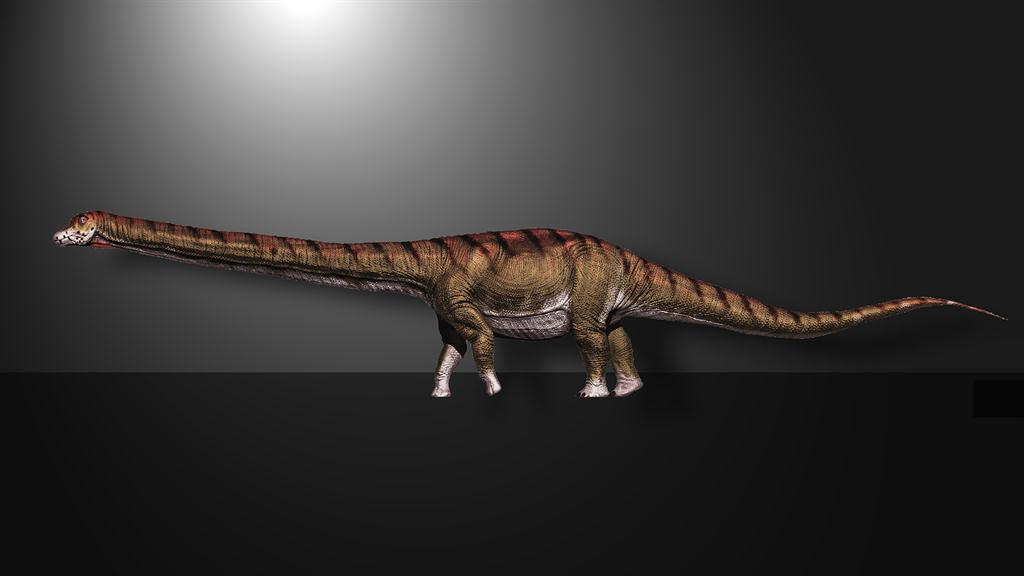The first dinosaur bone was dug up many centuries ago, in 1676.
At that time, the humongous femur was thought to belong to a giant, not a Megalosaurus.
We are more than three centuries apart from that discovery. Archaeologists are still learning new details about dinosaurs that work as a telescope to the past, giving us more information on how dinosaurs looked like and how life on Earth used to be.
A new study posted in the journal PeerJ adds to the knowledge we have about dinosaur history by taking into account another unique detail – The Parasaurolophus cyrtocristatus’ peculiar, tube-shaped crest located on its skull.
The study evidential the fact that this is the first discovery of the kind in nearly a century.
Scientists put one recently discovered skull specimen from the Fruitland Formation side to side with another fossil of a related species (the Parasaurolophus crystocristatus).
The comparison showed the Parasaurolophus’s evolution and helped scientists figure out how the creature developed the weirdly-shaped crest.
The new skull specimen helped researchers better analyze the arched head crest and its purpose – it’s linked to a unique nasal passage.
Terry Gates, a palaeontologist of the North Carolina University, stated:
“Imagine your nose growing up your face, three feet behind your head, then turning around to attach above your eyes. Parasaurolophus breathed through eight feet of pipe before oxygen ever reached its head.”
According to researchers, the crest may have functioned mainly as a sound resonator and a means of communicating between the species’ members.
The new study discovered various new traits about the dinosaur’s physiology, including the unexpected lack of a muscle car on the jaw. The lack of a vertically projecting squamosal (a skull bone typically present in amphibians, reptiles, and birds) was also noticed.












Leave a Reply